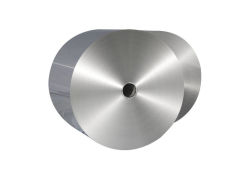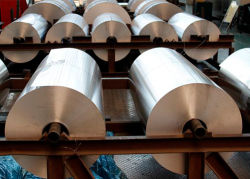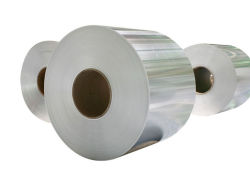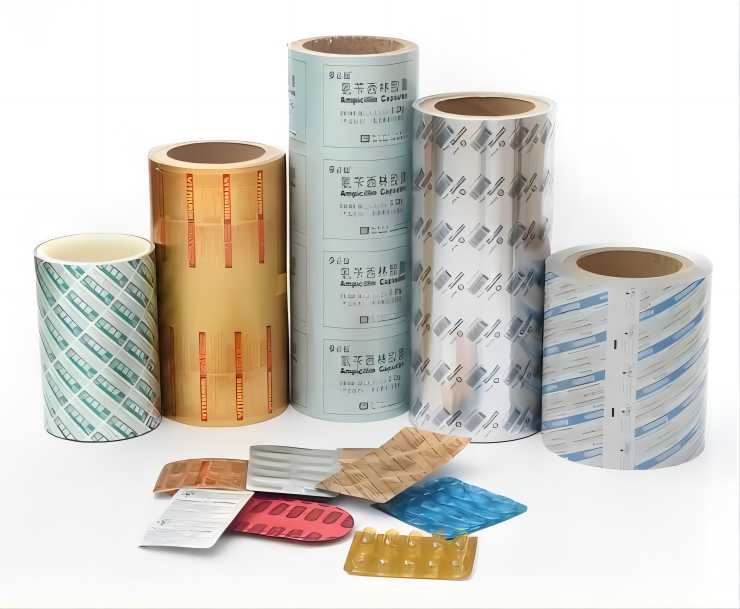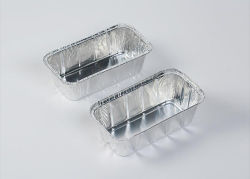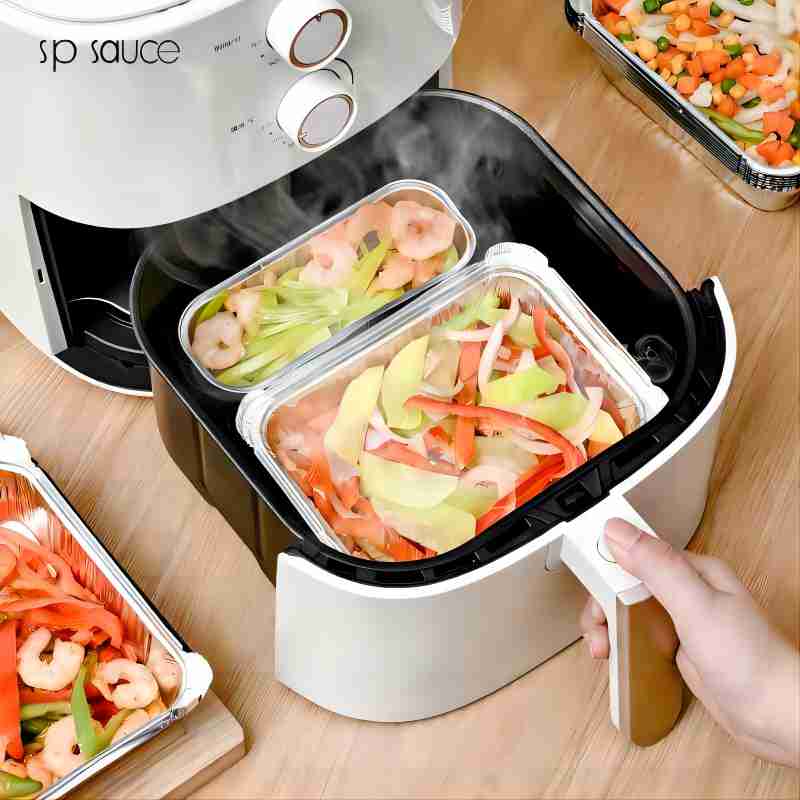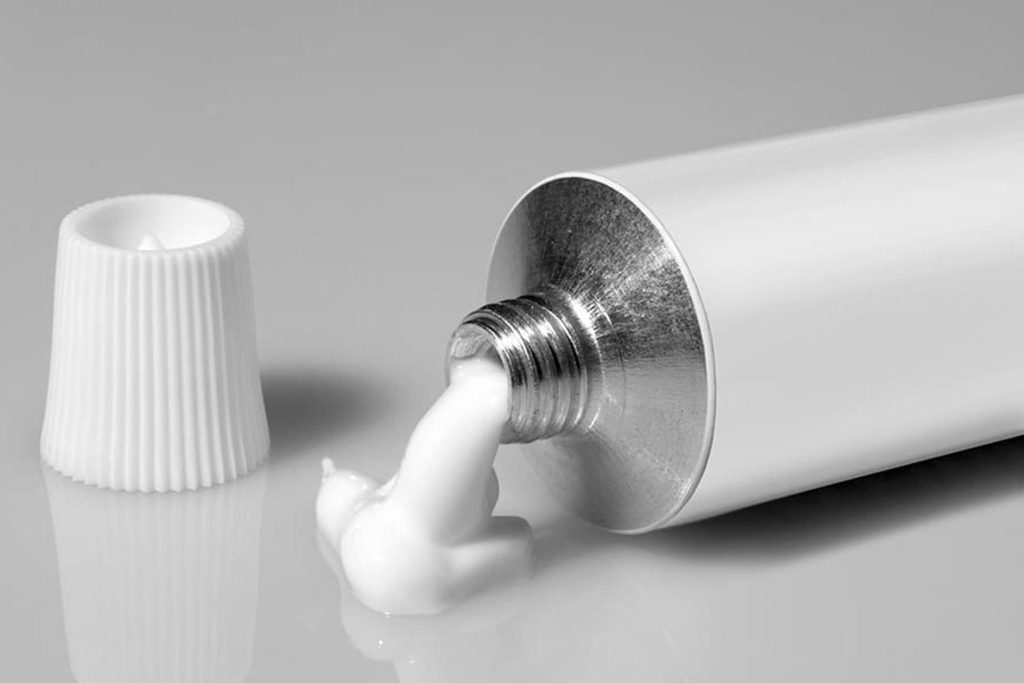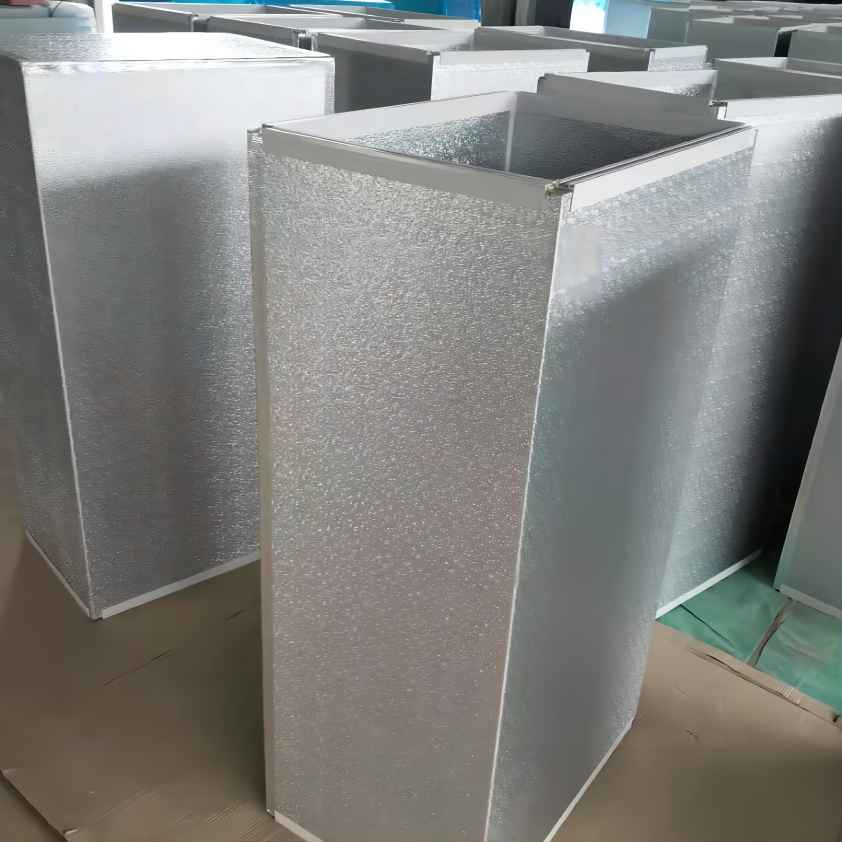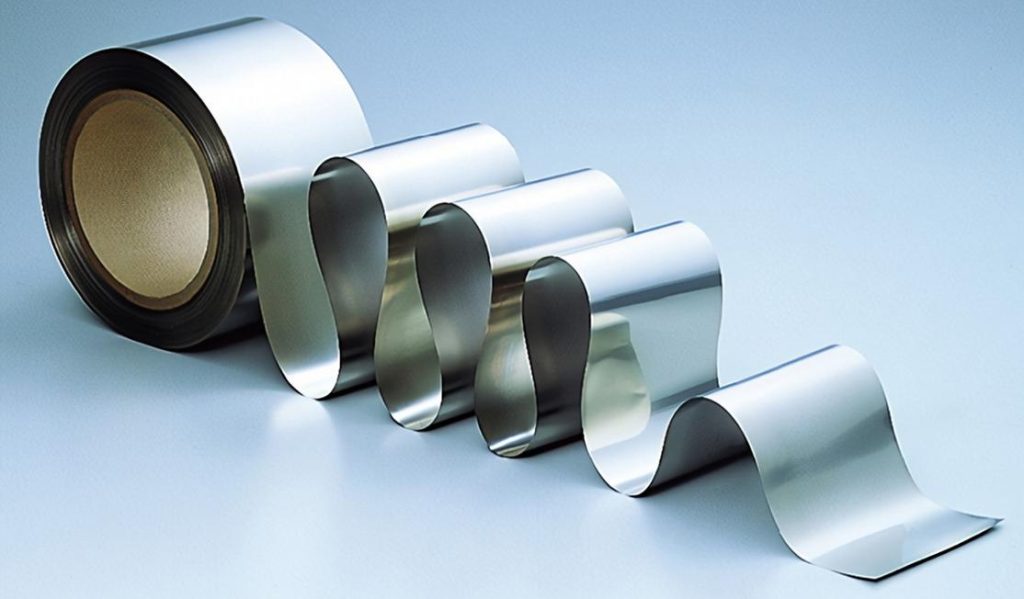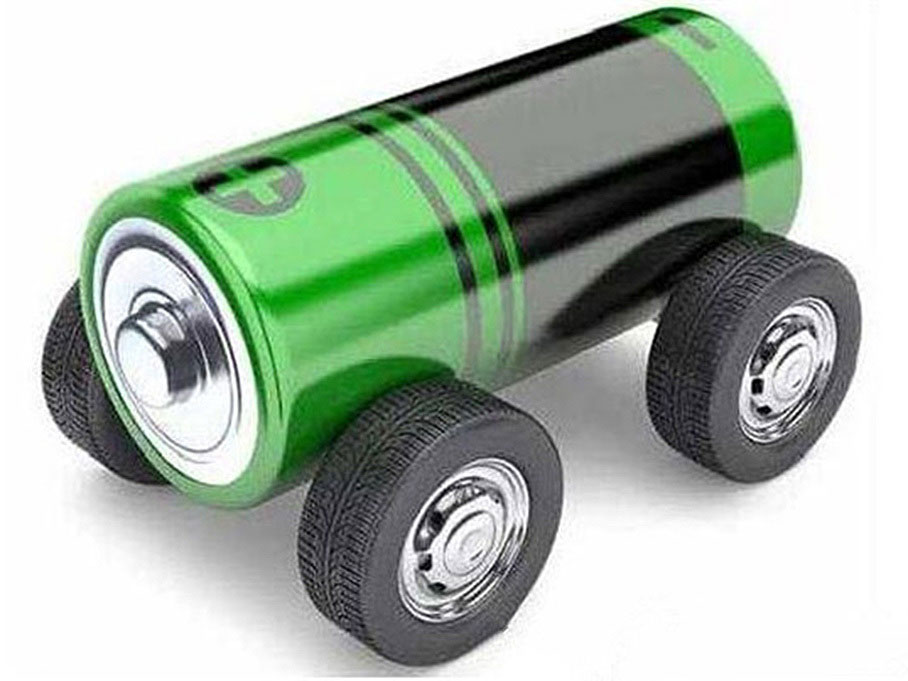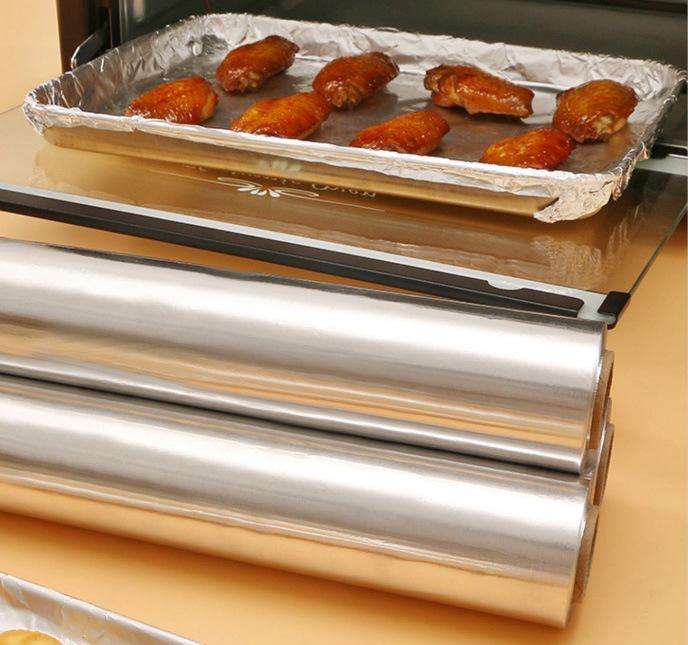Aluminum foil is a kitchen staple that has been used for decades to store, cook, and transport food. It is a thin, pliable sheet made from aluminum, and is often used to cover dishes or wrap food items. However, not all aluminum foil is created equal, and it is important to understand the difference between regular aluminum foil and heavy-duty aluminum foil. Here, we will list the main differences between these two types of foil, and when each one should be used.

Thickness and Strength
The most noticeable difference between aluminum foil and heavy-duty aluminum foil is their thickness and strength. Aluminum foil is typically around 0.016 mm thick, while heavy-duty aluminum foil is typically around 0.024 mm thick. This extra thickness makes heavy-duty aluminum foil more resistant to tears and punctures, and better suited for handling heavier or more robust food items. The increased thickness of heavy-duty aluminum foil also means it can withstand more heat, making it better suited for high-temperature cooking.
Durability and Uses
Because of its thickness and strength, heavy-duty aluminum foil is also more durable than regular aluminum foil. It is less likely to tear or puncture, making it ideal for use in applications where durability and strength are important. For example, heavy-duty aluminum foil is often used to wrap large roasts or turkeys, line baking dishes, or cover foods for transport or storage. Regular aluminum foil is better suited for lighter weight applications, such as wrapping sandwiches or covering smaller dishes.
Tensile Strength
Another difference between aluminum foil and heavy-duty aluminum foil is their tensile strength. Tensile strength is a measure of how much stress or pressure a material can withstand before breaking or tearing. Heavy-duty aluminum foil has a higher level of tensile strength than regular aluminum foil, which means it can withstand greater stress and pressure without tearing or breaking. This makes it ideal for use in applications where the foil will be subjected to a lot of stress, such as wrapping heavy or bulky items.

Cost and Availability
Cost and availability are also important factors to consider when choosing between regular aluminum foil and heavy-duty aluminum foil. Regular aluminum foil is widely available, and the regular aluminum foil price is less than heavy-duty aluminum foil. Of course, heavy-duty aluminum foil is still reasonably priced and is widely available in most grocery stores and online retailers.
Safety Considerations
When it comes to safety, both regular aluminum foil and heavy-duty aluminum foil are safe for use in cooking and food storage. However, there are some safety considerations to keep in mind. When using aluminum foil for cooking, it is important to avoid using it with acidic foods, as the acid can cause the aluminum to leach into the food. This can be a concern for heavy-duty aluminum foil as well, especially if it is used for long periods of time or with particularly acidic foods. It is also important to avoid using aluminum foil in direct contact with high heat sources, such as the bottom of a hot oven or on a stovetop burner.
Environmental Impact
Finally, it is important to consider the environmental impact of both regular aluminum foil and heavy-duty aluminum foil. Aluminum is a recyclable material, which means both regular aluminum foil and heavy duty aluminum foil are recyclable. However, heavy-duty aluminum foil is less environmentally friendly than regular aluminum foil due to its increased thickness and strength. This means it takes more energy and resources to produce, and it may take up more space in landfills if not properly recycled.

Conclusion
In conclusion, there are several main differences between regular aluminum foil and heavy-duty aluminum foil. Heavy-duty aluminum foil is thicker, stronger, and more durable than regular aluminum foil, making it better suited for heavy or bulky items, high-temperature cooking, and applications where durability and strength are important. Regular aluminum foil is better suited for lighter weight applications such as wrapping sandwiches or covering smaller dishes, and is typically cheaper and more widely available than heavy-duty aluminum foil. When choosing between the two, it is important to consider factors such as thickness, strength, durability, uses, cost, availability, safety considerations, and environmental impact. By understanding these key differences, you can choose the right type of foil for your needs and ensure that you are using it safely and responsibly. Overall, both regular aluminum foil and heavy-duty aluminum foil are useful tools in the kitchen and can help make cooking, storing, and transporting food easier and more convenient.
Related Products
Related Articles

